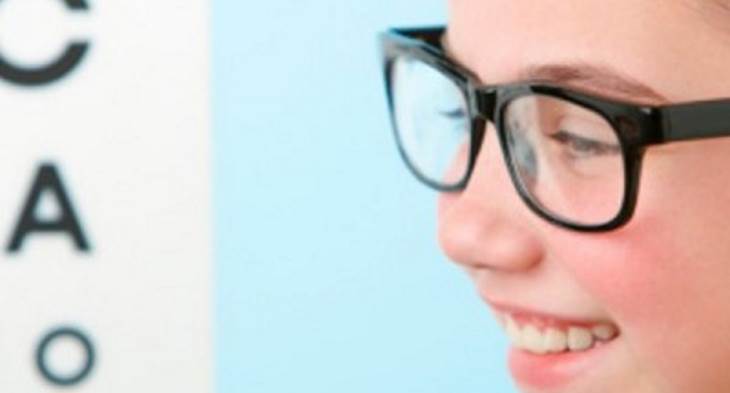“I have 20/20 vision.” This probably doesn’t mean much to the general public, other than it helps describe someone with good vision. But, these numbers do mean something. They are a measuring tool in the world of optometry. Learn exactly how in this week’s article on what 20/20 vision actually means. Hope you enjoy it!
20/20 Vision
Herman Snellen, a Dutch ophthalmologist, invented the Snellen chart, which patients are asked to read as part of their comprehensive eye exam. The chart is designed to help assess visual acuity or visual sharpness. If you have 20/20 vision this means that at 20 feet distance you are able to read what an average person is able to read. The first number indicates your distance in feet from the chart, and the number after the fraction indicates which distance a person with normal eyesight could read at the same distance.
The letters increase in size as you go above the 20/20 line and become smaller in size below this point. If the letters are only clearly viewable higher on the chart, you likely have worse visual acuity than someone with 20/20 vision. For example, someone with 20/60 vision can see at 20 feet what other people with normal vision can see at 60 feet. Someone who is unable to see at 20/200 with all corrections is considered legally blind. If you have 20/15 vision you have better visual acuity than 20/20 and can see clearly at 20 feet what other people with normal vision can see at 15 feet.
Vision Assessment Is Only Part Of The Equation
Although the Snellen chart is one tool that helps your family eye doctor assess your vision, it is not the only one. Additionally, it does not help assess the health of your eyes. An equally important part of an eye exam. Especially, because many eye conditions and diseases have little to no symptoms and go unnoticed by patients. Sometimes an annual or bi-annual check-up is the only opportunity to uncover these problems.
A thorough look at the back of your eyes will also be done, in addition to assessing your visual acuity, at each eye exam. This is to ensure this region looks healthy and that over time changes have not occurred that are a cause for concern. Your family history will also be examined to see if you are predisposed to certain eye health issues or diseases, which should be proactively addressed.
A Tip For Your Next Eye Check-up Appointment
The next time you have an eye exam be prepared! Here is a list of things you should bring to your next appointment:
- Your BC Care Card
- A detailed list of all prescription medications
- Contact lenses or prescription glasses
- Sunglasses in case your eyes are dilated
- Family medical history detail
- Third party insurance details
- List of questions and concerns relating to your eyes
I hope the next time someone says they have 20/20 vision you will know exactly what they mean!
Do you need a comprehensive eye exam? Give us a call or book online with Dr. Sharma.
We would love to help you see your very best!
